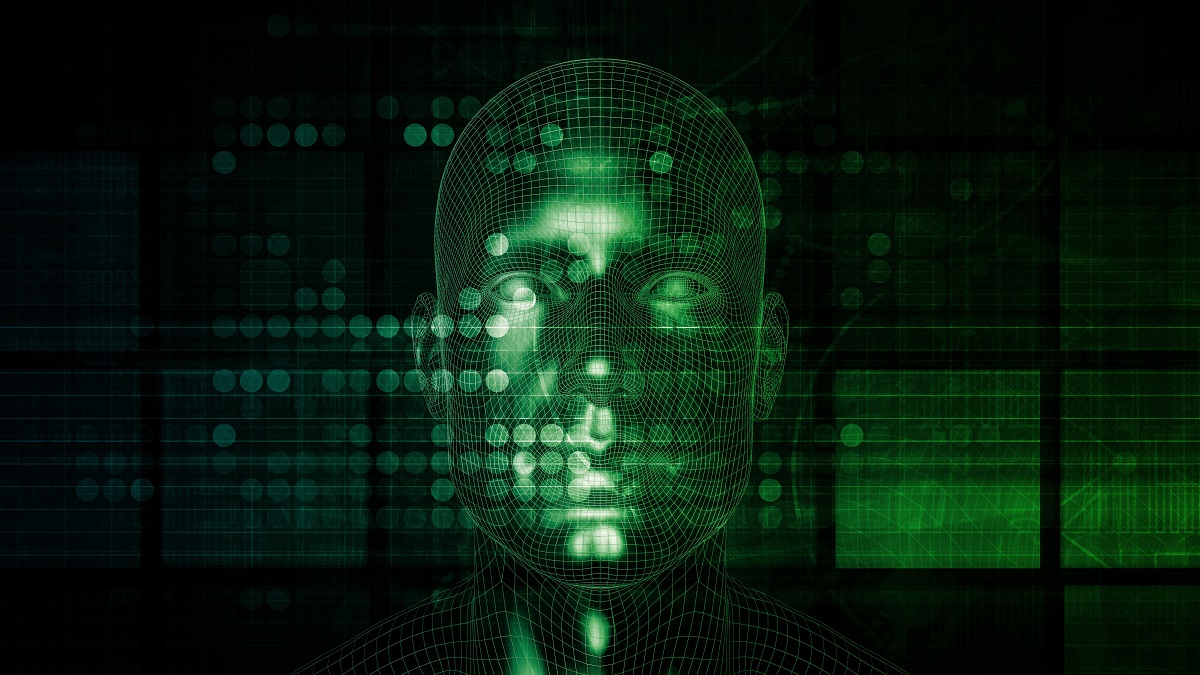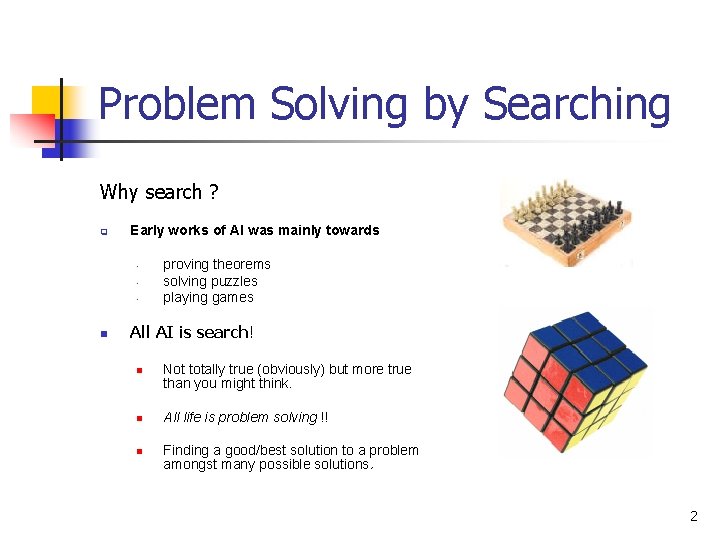
FPGAs are FPGAs, CPUs, FPGAs and Graphcore all make up the main four types of machine learning processors. Below is a comparison of the performance and pros and con's. Which one is right for your workload? More information is available below. Here's a quick comparison of single image inference times. In this regard, both GPU and CPU perform the same. Edge TPU is slightly slower than NCS2.
GPUs
There are many advantages to using GPUs for machine learning. First, GPUs are more efficient than CPUs in terms of memory bandwidth. Because CPUs process tasks sequentially, large data sets can consume large amounts of memory during model-training. GPUs, however, are able to store much larger datasets and offer a significant performance benefit. GPUs can store large and complex datasets, which makes them more suitable to deep learning applications.

CPUs
There are many choices on the market for processors, but not all of the available can perform the Machine Learning tasks. While CPUs are generally the best choice to do machine learning, they don't work for every use case. Some niche applications may require them to be sufficient. For Data Science tasks, such as data mining, a GPU can be a great option. While GPUs have a greater performance level than CPUs but are still not the best for most use cases, they can be used in many situations.
FPGAs
The tech industry recently became interested in faster computer chips that can outperform CPUs, GPUs and CPUs in programming. Smarter hardware is required to train ML nets. This is why industry leaders are turning towards FPGAs, or field-programmable gate arrays, to do these tasks more efficiently. This article will highlight the benefits of FPGAs for machine-learning. Further, it will also provide a roadmap for developers interested in using these processors in their work.
Graphcore
Graphcore is currently developing an IPU (or Intelligence Processing Unit), which is a massively parallel processor that is geared towards artificial intelligence (AI). Developers will be able to run existing machine learning models much faster with the IPU's architecture. The company was founded and is headquartered in Bristol. The two founders have posted a blog on the company's site explaining how the processor works.

Achronix
Achronix has developed its embedded FPGA architecture in support of machine learning. Next year, the Gen4 architecture of the company will be available on TSMC’s 7nm process. The company plans to expand it to the 16nm processor in the future. The new MLP from the company will allow for a wide range of precisions, and can clock at speeds up to 750MHz. The processor was created to support dense matrix operations. It will also be the first chip to integrate sparsity.
FAQ
What is the role of AI?
To understand how AI works, you need to know some basic computing principles.
Computers keep information in memory. Computers process data based on code-written programs. The code tells the computer what to do next.
An algorithm is a sequence of instructions that instructs the computer to do a particular task. These algorithms are usually written as code.
An algorithm is a recipe. A recipe could contain ingredients and steps. Each step can be considered a separate instruction. An example: One instruction could say "add water" and another "heat it until boiling."
What is the role of AI?
An algorithm refers to a set of instructions that tells computers how to solve problems. An algorithm can be expressed as a series of steps. Each step has a condition that determines when it should execute. The computer executes each step sequentially until all conditions meet. This is repeated until the final result can be achieved.
Let's take, for example, the square root of 5. If you wanted to find the square root of 5, you could write down every number from 1 through 10. Then calculate the square root and take the average. That's not really practical, though, so instead, you could write down the following formula:
sqrt(x) x^0.5
This is how to square the input, then divide it by 2 and multiply by 0.5.
Computers follow the same principles. It takes your input, multiplies it with 0.5, divides it again, subtracts 1 then outputs the result.
Is Alexa an AI?
The answer is yes. But not quite yet.
Amazon has developed Alexa, a cloud-based voice system. It allows users speak to interact with other devices.
First, the Echo smart speaker released Alexa technology. However, similar technologies have been used by other companies to create their own version of Alexa.
Some of these include Google Home, Apple's Siri, and Microsoft's Cortana.
What is the most recent AI invention
Deep Learning is the latest AI invention. Deep learning is an artificial intelligent technique that uses neural networking (a type if machine learning) to perform tasks like speech recognition, image recognition and translation as well as natural language processing. Google invented it in 2012.
Google is the most recent to apply deep learning in creating a computer program that could create its own code. This was achieved by a neural network called Google Brain, which was trained using large amounts of data obtained from YouTube videos.
This enabled the system learn to write its own programs.
IBM announced in 2015 that it had developed a program for creating music. Music creation is also performed using neural networks. These are called "neural network for music" (NN-FM).
Which countries are currently leading the AI market, and why?
China leads the global Artificial Intelligence market with more than $2 billion in revenue generated in 2018. China's AI industry includes Baidu and Tencent Holdings Ltd. Tencent Holdings Ltd., Baidu Group Holding Ltd., Baidu Technology Inc., Huawei Technologies Co. Ltd. & Huawei Technologies Inc.
China's government invests heavily in AI development. Many research centers have been set up by the Chinese government to improve AI capabilities. These centers include the National Laboratory of Pattern Recognition and State Key Lab of Virtual Reality Technology and Systems.
China also hosts some of the most important companies worldwide, including Tencent, Baidu and Tencent. All these companies are actively working on developing their own AI solutions.
India is another country that has made significant progress in developing AI and related technology. The government of India is currently focusing on the development of an AI ecosystem.
What is the current status of the AI industry
The AI industry continues to grow at an unimaginable rate. Over 50 billion devices will be connected to the internet by 2020, according to estimates. This means that all of us will have access to AI technology via our smartphones, tablets, laptops, and laptops.
This shift will require businesses to be adaptable in order to remain competitive. Companies that don't adapt to this shift risk losing customers.
You need to ask yourself, what business model would you use in order to capitalize on these opportunities? What if people uploaded their data to a platform and were able to connect with other users? Perhaps you could offer services like voice recognition and image recognition.
Whatever you choose to do, be sure to think about how you can position yourself against your competition. While you won't always win the game, it is possible to win big if your strategy is sound and you keep innovating.
Are there any AI-related risks?
Of course. They always will. AI poses a significant threat for society as a whole, according to experts. Others argue that AI can be beneficial, but it is also necessary to improve quality of life.
AI's misuse potential is the greatest concern. Artificial intelligence can become too powerful and lead to dangerous results. This includes things like autonomous weapons and robot overlords.
Another risk is that AI could replace jobs. Many fear that robots could replace the workforce. Others believe that artificial intelligence may allow workers to concentrate on other aspects of the job.
Some economists believe that automation will increase productivity and decrease unemployment.
Statistics
- According to the company's website, more than 800 financial firms use AlphaSense, including some Fortune 500 corporations. (builtin.com)
- More than 70 percent of users claim they book trips on their phones, review travel tips, and research local landmarks and restaurants. (builtin.com)
- While all of it is still what seems like a far way off, the future of this technology presents a Catch-22, able to solve the world's problems and likely to power all the A.I. systems on earth, but also incredibly dangerous in the wrong hands. (forbes.com)
- A 2021 Pew Research survey revealed that 37 percent of respondents who are more concerned than excited about AI had concerns including job loss, privacy, and AI's potential to “surpass human skills.” (builtin.com)
- In 2019, AI adoption among large companies increased by 47% compared to 2018, according to the latest Artificial IntelligenceIndex report. (marsner.com)
External Links
How To
How to Set Up Siri To Talk When Charging
Siri can do many things. But she cannot talk back to you. This is because your iPhone does not include a microphone. Bluetooth is the best method to get Siri to reply to you.
Here's a way to make Siri speak during charging.
-
Under "When Using Assistive touch", select "Speak when locked"
-
To activate Siri, hold down the home button two times.
-
Siri can be asked to speak.
-
Say, "Hey Siri."
-
Speak "OK."
-
Speak up and tell me something.
-
Say, "I'm bored," or "Play some Music," or "Call my Friend," or "Remind me about," or "Take a picture," or "Set a Timer," or "Check out," etc.
-
Say "Done."
-
If you'd like to thank her, please say "Thanks."
-
If you have an iPhone X/XS or XS, take off the battery cover.
-
Insert the battery.
-
Reassemble the iPhone.
-
Connect the iPhone to iTunes.
-
Sync the iPhone
-
Set the "Use toggle" switch to On